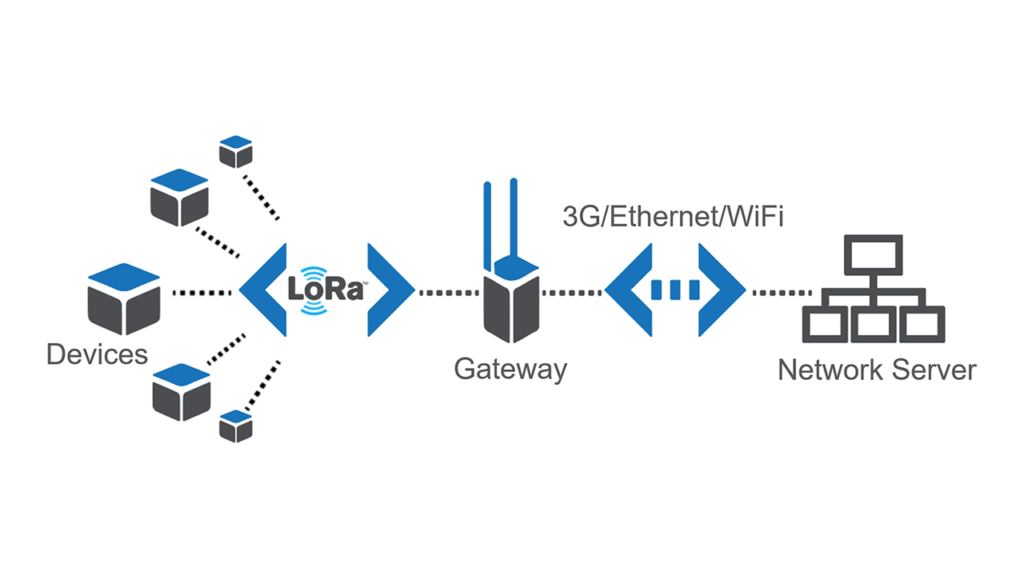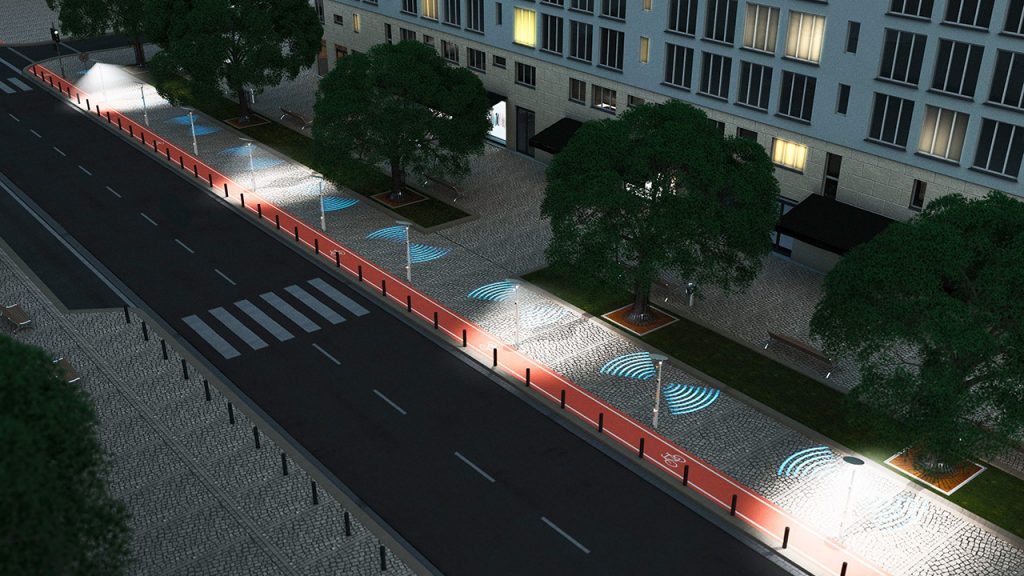What Is LoRaWAN?
LoRaWAN is a global standard for low power wide area IoT networks. The LoRaWAN protocol is the standard network protocol that offers long range (several kilometers) bidirectional communication with very low power consumption. The communication range varies depending on the obstacles between the devices and environmental conditions.

IoT (Internet of Things) allows millions of devices to be connected, measured and monitored to automate processes and enable better decision making.
There are many technologies and communication protocols for different applications in the IoT market. The LoRaWAN protocol stands out in industrial applications where needs such as cost efficiency, long range and low power consumption are required.
LoRaWAN is a global standard for low power wide area IoT networks. The LoRaWAN protocol is the standard network protocol that offers long range (several kilometers) bidirectional communication with very low power consumption. The communication range varies depending on the obstacles between the devices and environmental conditions.
LoRaWAN uses license-free ISM radio bands for cost effective network deployments.
The frequency plan used in LoRaWAN networks differs according to local regulations. For example; 863-870 MHz in European countries and Turkey, the USA, Canada and South America 902-928 MHz, 470-510 MHz frequency range used in China.
LoRaWAN draws very low current (less than 50 mA) while sending and receiving data. For this reason, the power consumption of devices using LoRaWAN technology is very low. Low power consumption allows up to 10 years of battery life. LoRaWAN sensors can be powered by a coin-sized CR2032 battery.
The two-way communication infrastructure of LoRaWAN makes it possible to use it in various applications such as street lighting, home automation, irrigation systems and energy optimization.
LoRaWAN has high penetrating ability in interior spaces. In this way, it is possible to use it in sensors that monitor underground water and gas meters.
Since LoRaWAN networks use unlicensed ISM bands, there is no need to purchase a license for a specific frequency from any service provider.
The LoRaWAN protocol is supported by the LoRa Alliance, a non-profit association. The LoRa Alliance has more than 500 members, including mobile network operators, base station suppliers, sensor manufacturers and system integrators.
The LoRaWAN standard is based on an open source approach to operate all LoRaWAN networks with each other.
LoRaWAN architecture consists of many nodes, gateways and central servers. An object with an embedded communication device is called a node. For example, a street light with a LoRaWAN module is a node. A gateway is a device that receives and sends data from multiple nodes. The server connects to the gateway using a 3G, 4G or ethernet connection. All data is collected on the server and network management is organized. The connection between the user and the system is also provided by the software on the server.
Cost per node in LoRaWAN networks is less than $15. LoRaWAN networks are extremely secure with 128 bit end-to-end encrypted communication.
LoRaWAN technology is not suitable for applications that require real-time data. Small packets can be sent only every few minutes on the LoRaWAN network. It is not possible to make phone calls or send photos and videos using LoRaWAN technology.




